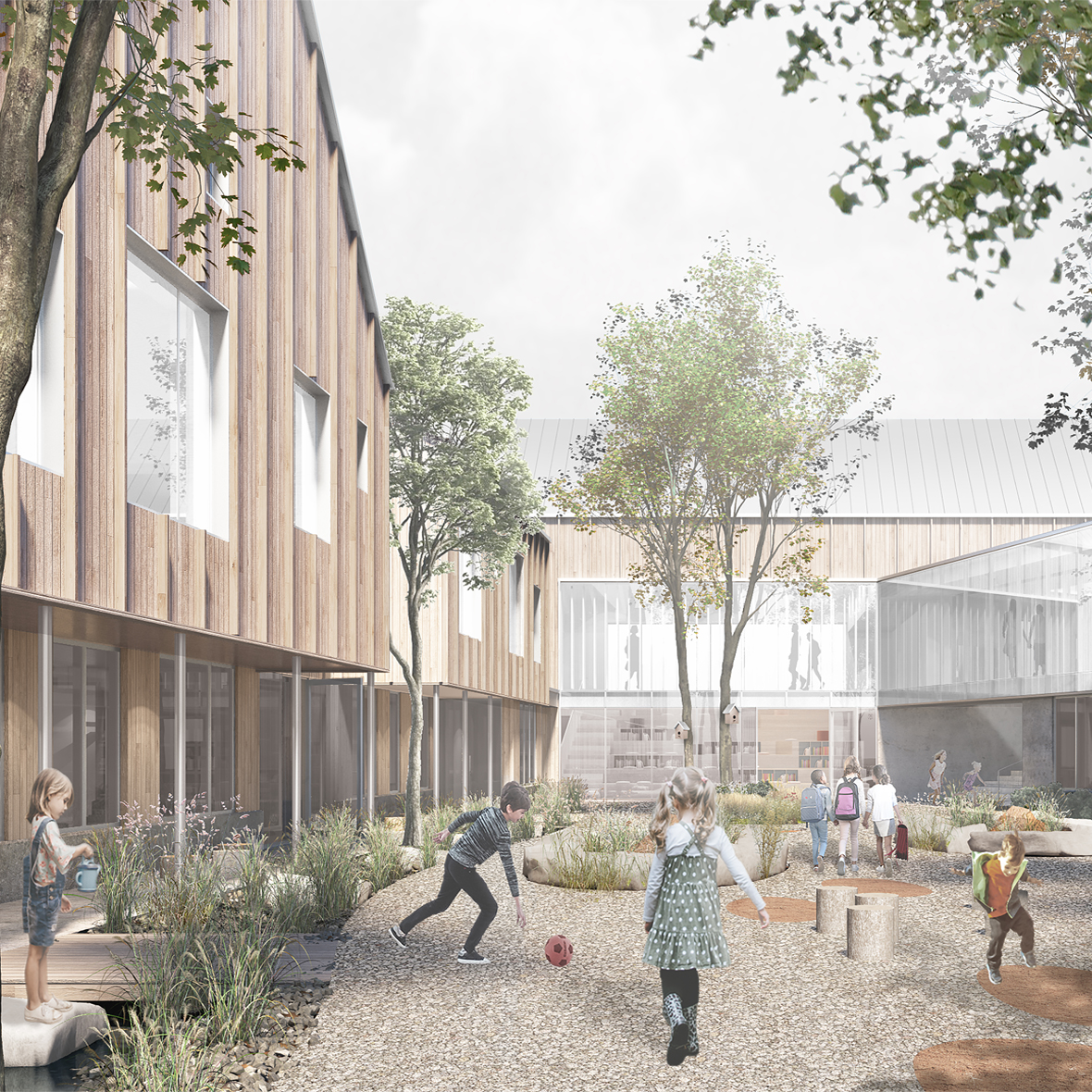Silver Winner of the International Architecture & Design Awards 2023
Architect / Designer:
APPAREIL Architecture , Agence Spatiale & BGLA Architecture
Studio:
APPAREIL Architecture , Agence Spatiale & BGLA Architecture
Design Team:
A project in Collaboration between :
-APPAREIL Architecture
-Agence Spatiale
-BGLA Architecture
Country:
Canada
This new school will welcome students from preschool to grade 6 and will count 15 classrooms, including 3 pre-school and 12 elementary classrooms, a single gymnasium, as well as gathering spaces for moving, collaborating, and eating. The architectural project celebrates a thoughtful connection with the territory by inspiring itself from vernacular architecture and the use of regional materials, raw or recycled, that encourage a circular economy. The architectural design aimed to deconstruct the conventional school, a building with an institutional style, and transpose it onto a livable scale, accessible and warm for the child; to design a building on the scale of toddlers; to fragment a complex arrangement into a legible volume; to offer multiple reference points.The school’s characteristic pedagogical approach, described using the term “nurture”, coloured the project, lending it a reassuring and familiar architecture. The characteristics of passive design reinforce the school’s biophillic approach: favouring solar light, allowing each room’s windows to be opened, etc. These principles solidify the idea that the inhabitant can reside in and give life to the school.


